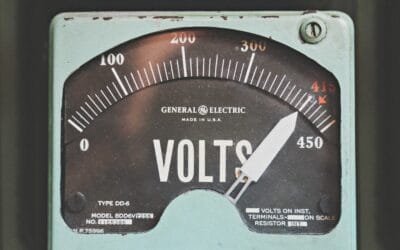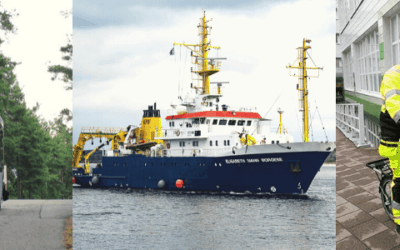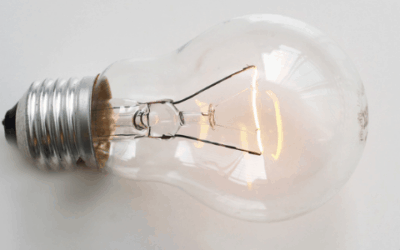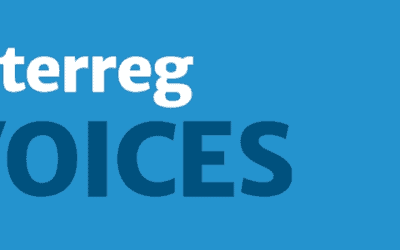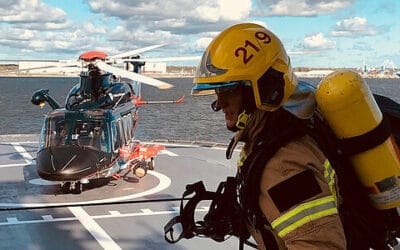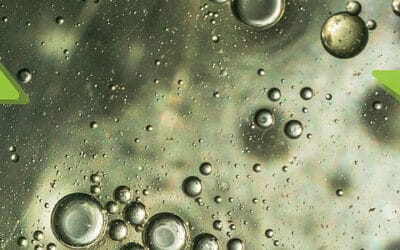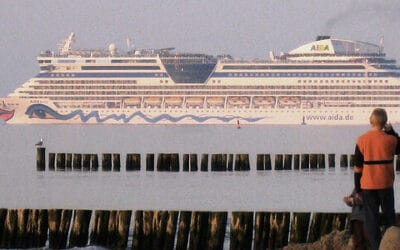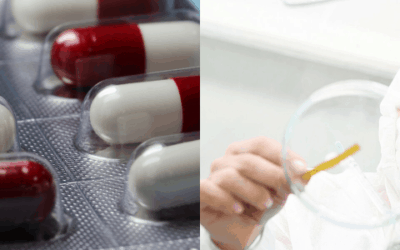Heating, supply of warm water and cooling in private households account for approx. 80% of the overall European energy consumption. In the Interreg project Act Now!, nine municipalities in countries across the Baltic Sea region enhanced local energy plans to improve...
Interreg Baltic Sea Region
News
Sport fishing in the Baltic Sea for economic growth and river restoration
Angling can help increase local fish populations while offering new local business opportunities. The Interreg project RETROUT boosted coastal fishing tourism. It helped local fishing guides to develop their destinations and restored sea trout rivers in six countries within the Baltic Sea region.
Low-carbon mobility solutions to green our future
In line with the EU’s climate neutrality target, our Programme supported several initiatives tackling the diverse challenges faced by the Baltic Sea region’s transport sector. We united our efforts to make our region more accessible, better connected and less polluted, ultimately improving the overall mobility experience in the area while protecting the environment. Read how Interreg Go LNG, BSR electric and Sohjoa Baltic have contributed to green mobility and innovation in transport sectors in the region.
Enterprises go smart beyond borders with Interreg
Small and medium sized enterprises largely fall behind other players in innovation and investments in research & development (R&D). Thanks to the Interreg project GoSmart BSR, enterprises in seven countries around the Baltic Sea learned how to use smart specialisation to improve competitiveness jointly and gain access to new markets.
Listen up! Voices from the Interreg community
In our new playlist on YouTube, we present to you people from the Baltic Sea region who are on a mission. With their work for and in Interreg projects they bring to life the vision of the European Union, because they are creating a culture of cooperation across and beyond borders. Listen to what they have achieved with this EU funding scheme for cooperation. Listen to “Interreg voices”.
Better prepared for emergencies thanks to Interreg
With an average of 300 accidents per year, as reported by the Baltic Marine Environment Protection Commission’s (HELCOM), the Baltic Sea seems to be a challenging area for navigation. The ResQU2 platform has reinforced the preparedness of rescue authorities, services, seaports and other authorities for large-scale incidents in the Baltic Sea.
How NonHazCity paves the way for a tox-free Europe
From toothpaste to toys, hazardous chemicals are everywhere around us. Read about the Interreg project NonHazCity and its #MadeWithInterreg solutions for a greener and healthier life. Together with another project from the North Sea region, Sullied Sediments, they show how dedicated people working across borders are putting the EU Green Deal into practice.
SuMaNu featured on interreg.eu portal
From Adriatic to Baltic Sea: read how to achieve clear waters through cooperation and use #MadeWithInterreg smart ideas to save the seas from pollution.
How water-smart ideas make the Baltic Sea region thrive
From a rich marine life to beautiful vacation places, the Baltic Sea offers numerous resources that can be exploited to boost the economic growth of the region without harming its ecosystem. Interreg Baltic Sea Region funded multiple cooperation projects that have contributed to a sustainable and innovative blue economy. Good and successful examples of smart blue initiatives include ALLIANCE, Baltic Blue Growth, Capacity4MSP and Blue Platform.
How to reduce pharmaceutical emissions posing a threat to wildlife in the Baltic Sea?
Active pharmaceutical ingredients are found in our environment at concentrations that pose a risk to wildlife. Pharmaceuticals are used to treat humans and animals, and we cannot stop using them. Instead, the overall consumption of pharmaceuticals tends to increase with an aging population. “We must find applicable solutions to decrease the emissions of pharmaceuticals in the Baltic Sea region, and we need to work together.”, states Noora Perkola, a leading researcher in Finnish Environment Institute and leader of the project “Clear waters from pharmaceuticals” (CWPharma).



